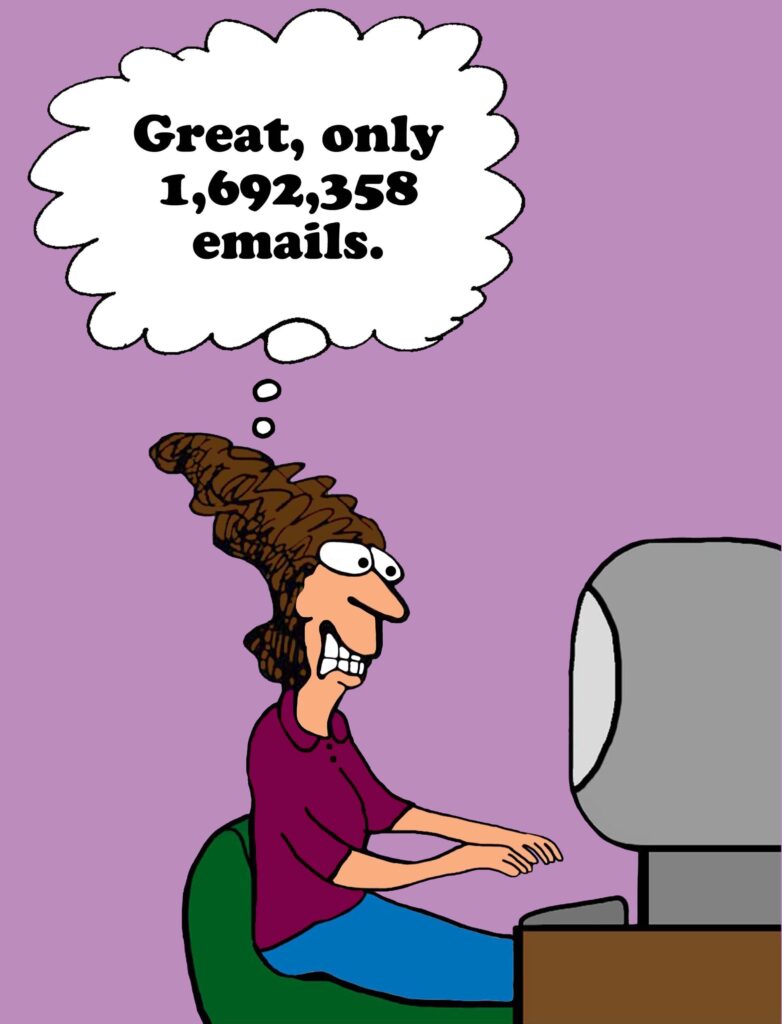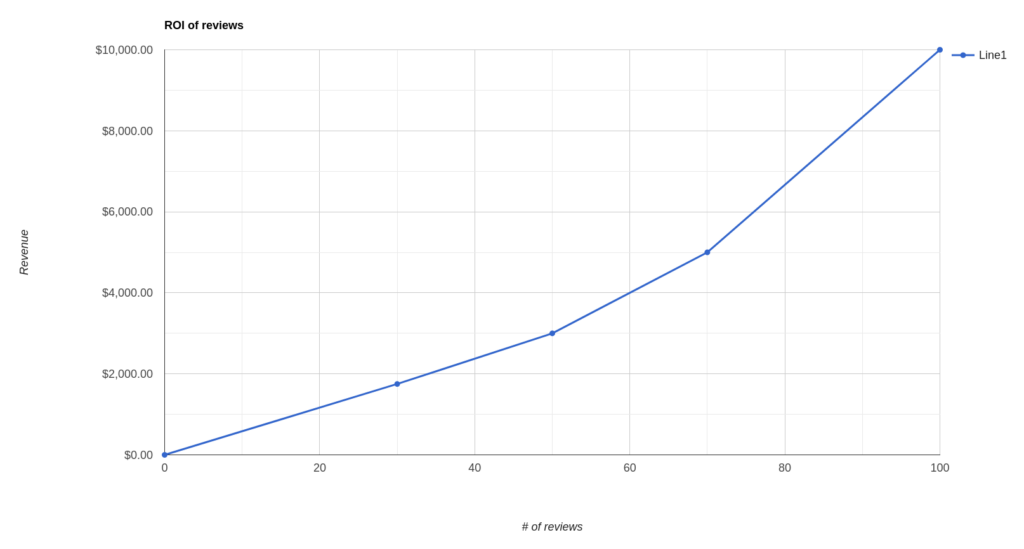1. Buying or Renting an Email List
Some people will tell you that buying or renting an email list is a great way to grow your business. They’ll say it’s a quick and easy way to get your message in front of a large audience. And while that may be true, there’s a big downside to using someone else’s email list.
When you buy or rent an email list, you’re essentially getting a list of people who have already given permission to receive marketing messages from someone else. And while they may be okay with receiving messages from the person they originally signed up with, they’re likely to be less thrilled to receive them from you.

In addition to being annoyed with receiving messages they didn’t sign up for, people on bought or rented lists are more likely to mark your messages as spam. It can hurt your deliverability rates and get your account suspended or even shut down if you’re reported too many times.
Bottom line, buying or renting an email list is a bad idea. It’s not worth the risk to your business, and it’s not worth annoying your potential customers. If you’re looking to grow your list, the best way is to focus on building your list of opt-in subscribers.
2. Not Having an Easy Way to Unsubscribe
Like most business owners, you’ve probably put a lot of time and effort into creating your newsletters. But do you realize that having an easy way for subscribers to unsubscribe from the newsletters can hurt your business?
While it may seem counterintuitive, allowing your subscribers to unsubscribe can increase loyalty and retention. Here’s why:
- It shows that you value your subscribers’ time and attention.
- It can help you improve your content.
- It can help you weed out unengaged subscribers.
- It can make your newsletters more valuable.
Ultimately, don’t be afraid to let people go – it could be good for your business in the long run.
3. Not Configuring SPF/DKIM
Have you ever wondered why your emails sometimes end up in the spam folder? It could be because you’re missing key records, like SPF and DKIM.
Without these records, your email deliverability suffers and your messages are more likely to be flagged as spam.
So what are SPF and DKIM, and why do you need them?
SPF (Sender Policy Framework) is a DNS record that tells receiving servers, who is allowed to send emails on behalf of your domain.
DKIM (DomainKeys Identified Mail) is another DNS record that adds a digital signature to your emails, which helps verify that the message came from you.
If you want to ensure your emails are getting delivered to the inbox, you need to have both SPF and DKIM set up. Otherwise, you risk your messages being marked as spam and never reaching your intended recipient.
4. Sending Too Often
Even though email marketing can be a great way to reach customers, there are still limits to how many messages subscribers can receive. If you exceed that limit, you may end up frustrating your customers.

According to a survey by Constant Contact, 69% of respondents said they unsubscribed because they received too many emails.
So how do you circumvent sending too many emails to your subscribers? Segmentation and Frequency Capping.
Segmentation is the process of dividing your email list into smaller groups based on certain criteria. This can be anything from demographics (age, location, gender, etc.) to interests (sports, music, fashion, etc.) or even past purchase history.
Frequency Capping is the process of limiting the number of times a recipient receives an email in a particular period.
5. Emails Too Long/Boring

Did you know close to 60% of emails are opened on mobile devices? And this trend will continue to grow.
No matter how great or informative you think your email looks, avoid sending long emails.
Subscribers prefer short, targeted, fun to read, and visually appealing. Do this and you’ll get better engagement and higher click-through rates.
6. Offering No Value
Remember subscribers are thinking “What’s in it for me?”. When you’re crafting your email and creating your design assets give them a reason to care.
Final Thoughts
If you want your email marketing campaign to be successful, avoid making these six common mistakes. Instead, focus on creating quality content that your subscribers will find valuable and interesting. By following these tips, you can ensure that your email marketing campaign will be a success.





